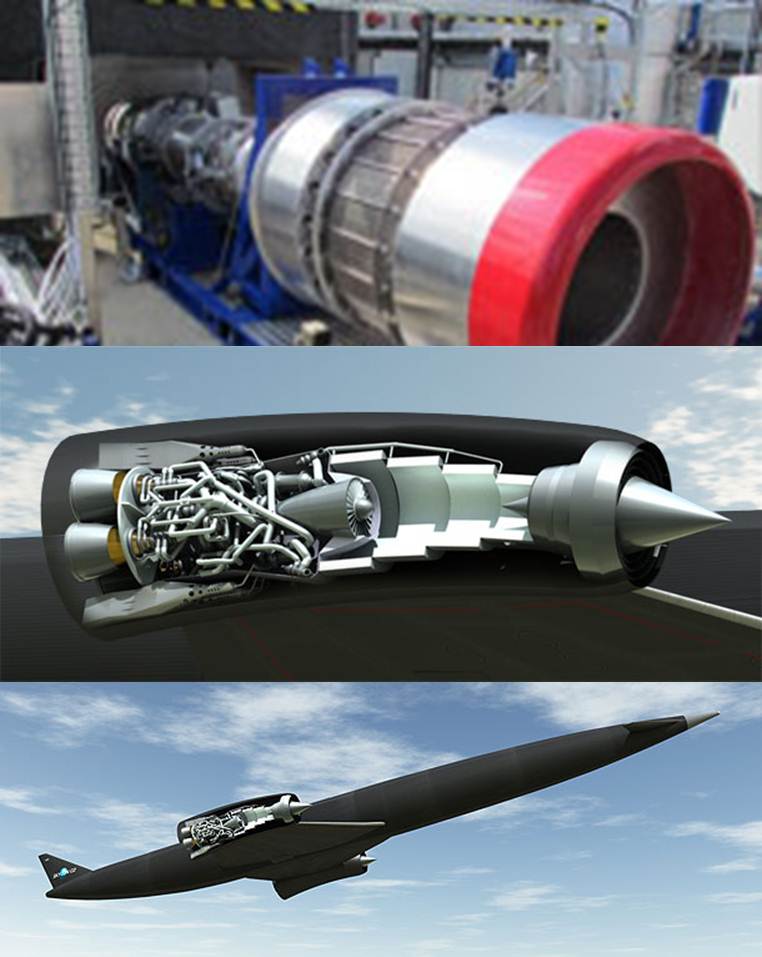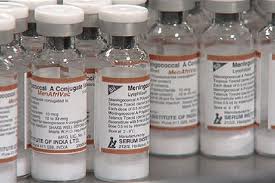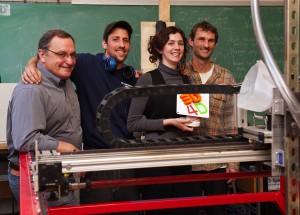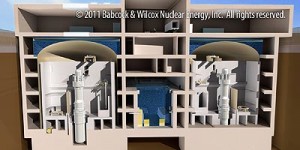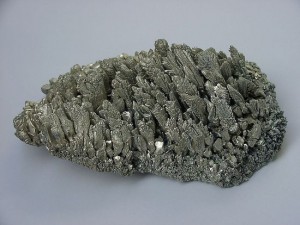This week’s five stories look at:
- Unrefrigerated Vaccine Makes its African Debut;
- What Can You Make with 3D Printers Here on Earth or Out on the Moon?
- Nuclear Industry Revival Based on Smaller is Better;
- Skylon Engine for Suborbital Flight Getting Closer to Reality;
- Will Magnesium Powered Electric Cars Be on the Road Soon?
The First Unrefrigerated Vaccine for Meningitis Approved for Africa
MenAfriVac is a Serum Institute of India-made vaccine to protect against Meningococcal A epidemics in sub-Saharan Africa. Meningitis has an 18% mortality rate in Africa and is a threat to almost 500 million people, mostly the young. Funded by the Bill and Melinda Gates Foundation, the vaccine has both a price and durability advantage. It costs less than 50 cents U.S. per dose making it affordable to the countries that need it most. And just as important, MenAfriVac can be unrefrigerated, tolerating temperatures of up to 40 Celsius (104 Fahrenheit) for as long as four days. This heat tolerance is important in an area of the world that lacks refrigeration and a stable universally accessible energy infrastructure. Similar efforts are being made to develop heat tolerant vaccines for other African and Developing World diseases.
3D Printers Turn Waste Plastic into Toilets Here on Earth and Lunar Rock into Moon Bases
Looking for the social benefits for 3D printing? Look no further than the University of Washington in Seattle where a team of undergraduates won a $100,000 prize for designing a machine that will transform waste plastic into composting toilets and rainwater harvesting systems. The team is hooking up with partners in Oaxaca, Mexico, forming a not-for-profit called Water for Humans, which will focus on creating reliable sanitation and clean drinking water systems to Developing World communities. The students as proof of concept took 250 plastic milk jugs and using their 3D printer, called Big Red (seen in the picture below), built a boat which they then entered into a race in Seattle.
Meanwhile researchers at Washington State University in Pullman, Washington, published a paper in the Rapid Prototyping Journal that describes a NASA-inspired experiment in which they took 4.5 kilograms (10 pounds) of lunar regolith simulant, otherwise known as imitation Moon rock, to 3D-print building components and repair tools. The Moon rock simulant contains silicon, aluminum, calcium, iron and magnesium oxides just like Moon rocks. And when melted using a laser behaves similarly to silica printing out like melting candle wax into any desired shape.
Pictured below you can see a Moon rock on the left, simulated lunar regolith manufactured into crude building components in the centre, and lunar dust sealant used to repair a tool on the right.
To produce much of what is needed to support humans in places like the Moon, asteroids or Mars local fabrication will be an absolute requirement. Additive manufacturing using 3D printers looks like it may meet the need.
For Nuclear Energy’s Future Smaller Reactors are Key
In the next decade nuclear energy will make a significant comeback as we continue to move away from fossil fuels. This next generation of reactors will be small and modular (SMRs). In the last week the U.S. Department of Energy announced an offer to fund half the cost for designing and licensing the first of these SMR plants.
mPower, a reactor designed by Babcock & Wilcox Company, is one of the candidates looking to take advantage of the offer. Its design provides a minimum generating capacity per module of 180 Megawatts, and is designed to be put together like Lego blocks. The cost to build is a fraction of what was spent on previous nuclear reactors. It can operate without outside power for two weeks, contains fewer parts so there are less points of failure, and is built to be housed entirely underground. It also uses far less volatile uranium fuel and is equipped with passive safety systems. A schematic appears below.
Other companies in the race to market include NuScale Power, Westinghouse, Holtec, Gen4 Energy, Toshiba, General Electric, General Atomics and Pebble Bed Modular Reactor, each with their own mini-reactor designs.
New Engine Technology for Sub-orbital Spaceflight Reaches Milestone
A British company, Reaction Engines, is working quietly on technology that includes a hybrid jet and rocket engine designed to fly in the atmosphere and space. The engine will be the main the main power source for Skylon, an 84 meter (275 feet) space plane, capable of operating as both jet and rocket. The latest milestone achieved is the development of a heat exchanger that rapidly cools the patented Sabre Engine, Skylon’s dual-mode propulsion system, a technology that capable of achieving Mach 5.5 speeds and traveling from London, England to Sydney Australia in a little over 4-1/2 hours.
Seen below at the top is the heat exchange technology undergoing testing. In the centre is a cutaway picture of the Sabre dual-mode engine. And at the bottom is a picture of Skylon, the space plane that Reaction hopes to see fly within the decade.
Future Electric Vehicles May Run on Magnesium Batteries
Tesla Motors uses lithium-ion batteries, similar to the one you have in your laptop computer. But although lithium-ion delivers power, its capacity limits the range of electric vehicles (EVs). That’s why Toyota has been developing magnesium-ion batteries and is experimenting with anodes made of tin and electrolytes similar to those used in today’s lithium-ion powered cars, and anodes made of magnesium with compatible electrolytes. Magnesium, seen below, is the eighth most abundant element on Earth and, therefore, much cheaper than lithium.
That drives down the cost of the battery, the single most expensive item in EVs. In addition magnesium-ion batteries have double the storage capacity of similar sized lithium-ion batteries. That means magnesium-based technology can double the distance EVs can go. Toyota expects its magnesium-ion batteries to be used first in consumer electronics and later in electric vehicles. We should the first of these new EVs appear in about a decade.
A Postscript
Is there a field of technology that we have yet to cover that interests you? Let me know because this blog site is focused on the contribution that technology can make to help humanity and our planet get through the 21st century and beyond. Thank you for continuing to read my postings and for sending in your questions and comments.
– Len Rosen
